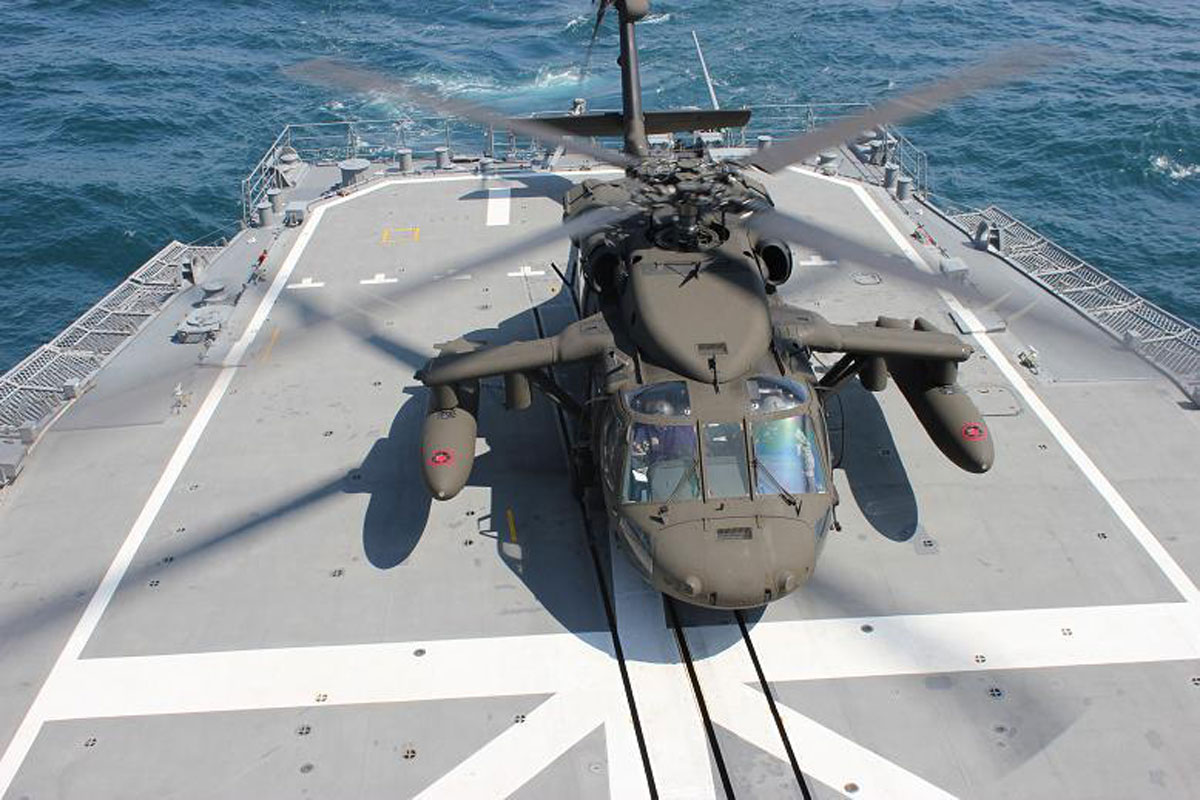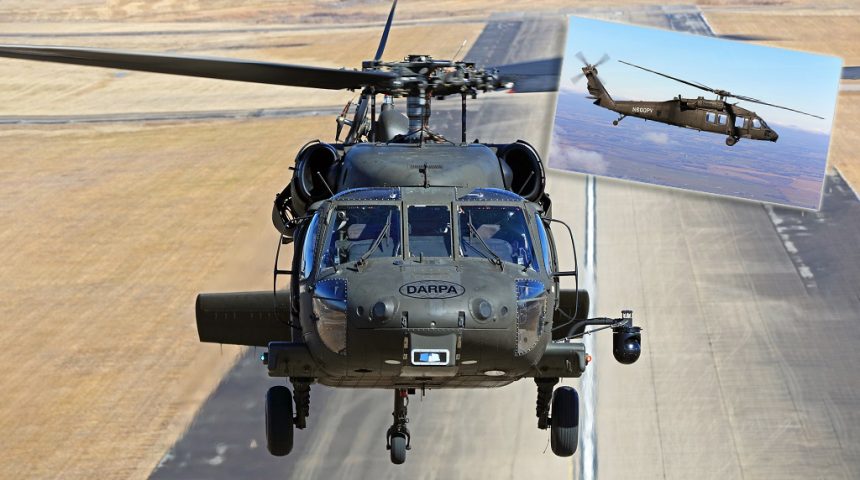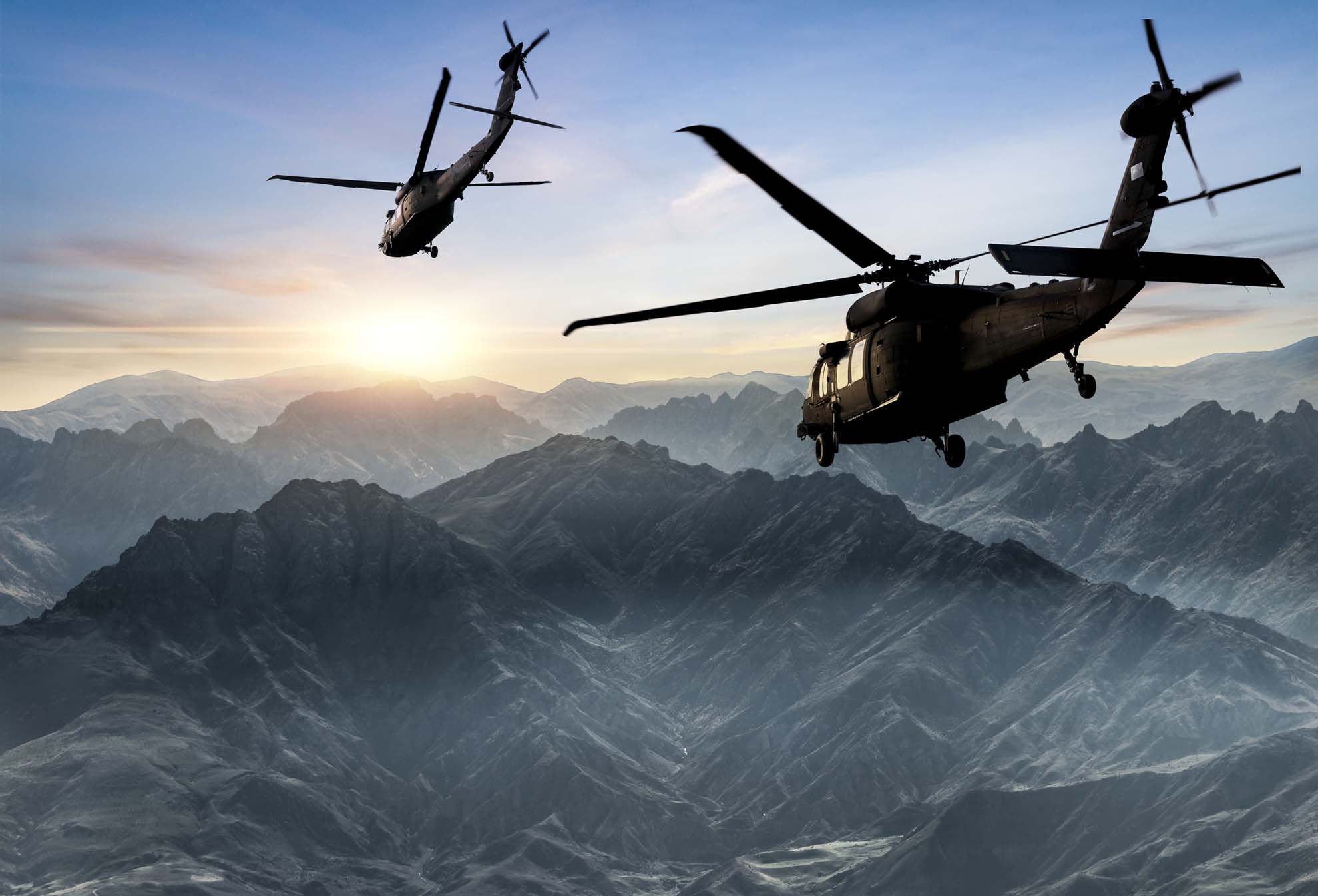Learn Everything About the UH60 Blackhawk Helicopter: A Comprehensive Overview for Lovers
The UH-60 Blackhawk helicopter stands as a testament to engineering quality and military technology, having actually developed considerably since its intro in the late 1970s (UH60 Blackhawk Helicopter). Its style not only resolves the requirements of contemporary war however also mirrors a commitment to versatility and integrity. As we explore its multifaceted functions-- from army transport to clinical evacuation-- we reveal the nuances that have actually solidified its standing as a vital asset in various functional theaters. What makes the Blackhawk specifically interesting is the selection of variations created to satisfy specific goal requirements, each with its very own special capacities.

Background of the UH60 Blackhawk
Although the UH-60 Black Hawk helicopter was introduced in the late 1970s, its development was rooted in a demand for a functional and trusted utility aircraft for the united state Army. Following the Vietnam Battle, which highlighted the restrictions of existing helicopters, the Army looked for a modern-day airplane that might do a range of goals, including army transport, medical emptying, and logistical support. In 1972, the Military launched the Energy Tactical Transport Airplane System (UTTAS) program, intending to change the aging UH-1 Iroquois.

The UH-60 was officially presented right into solution in 1979 and rapidly became a workhorse for the U.S. armed force, getting involved in altruistic objectives and various conflicts. Its flexibility and integrity have cemented its function as a necessary possession in modern army air travel.

Design and Requirements

Its airframe is created from innovative composite products and aluminum alloys, guaranteeing resilience while keeping weight to a minimum. The Black Hawk measures 64 feet long and has a blades size of 53 feet, permitting for a large cabin efficient in accommodating up to 11 soldiers or a substantial freight tons. The helicopter additionally includes a four-blade major rotor system and a two-blade tail rotor, which add to its stable trip features and premium maneuverability.
The style incorporates innovative avionics and systems for enhanced situational understanding, including night vision compatibility. In addition, the UH-60's inconspicuous silhouette and capacity to run in diverse settings make it appropriate for a large range of objectives, from medical discharge to troop transportation and logistical assistance. In general, the Black Hawk's design shows its multifaceted duty in contemporary military procedures.
Key Functions and Capabilities
Convenience is a trademark of the UH-60 Black Hawk helicopter, which is geared up with a series of crucial features and capacities that enhance its functional effectiveness. One of one of the most noteworthy attributes is its twin-engine design, which gives outstanding power and integrity, enabling it to run in various environmental problems. The aircraft is powered by two General Electric T700-GE-701C engines, permitting for a maximum cruise ship rate of roughly 150 knots and a solution ceiling of 19,000 feet.
The Black Hawk's innovative avionics collection includes a digital cabin, evening vision compatibility, and boosted situational awareness systems, which considerably enhance pilot efficiency and objective implementation. Its durable airframe and composite rotor blades add to its agility and sturdiness, making it with the ability of holding up against adverse weather and battle conditions.
The Black Hawk likewise supports a range of tools systems, boosting its ability to offer close air support when needed. Overall, these key attributes make sure that the UH-60 Black Hawk stays a vital asset in numerous armed forces operations.
Duties in Armed Force Operations
A critical part of modern-day armed forces procedures, the UH-60 Black Hawk helicopter offers in various duties that improve its strategic worth. Mainly recognized for its convenience, the Black Hawk is utilized in army transport, enabling fast deployment of soldiers to and from combat zones, thereby enhancing operational effectiveness. Its capability straight from the source to deliver medical employees and equipment makes it vital for aeromedical evacuation, making certain timely take care of injured workers.
Moreover, the Black Hawk plays a crucial role in logistical support, shuttling supplies, ammo, and tools to onward running bases, which is critical in sustaining armed forces procedures. click resources The aircraft likewise succeeds in search and rescue missions, using its dexterity and speed to navigate complicated terrains and extract workers in distress. In addition, the Black Hawk is geared up for reconnaissance and security, providing real-time intelligence to ground forces.
In unique procedures, the helicopter's adaptability allows it to support exclusive devices with precision insertions and extractions, commonly under adverse conditions. This diverse functional capacity emphasizes the Black Hawk's importance within military frameworks, demonstrating its important role in contemporary warfare approaches.
Popular Models and versions
Numerous significant variations and versions of the UH-60 Black Hawk helicopter have been established to fulfill particular operational requirements across different armed forces branches and objectives. One popular variation is the UH-60L, which features upgraded avionics, engines, and a digital cabin, improving its efficiency and operational abilities. The UH-60M represents an additional evolution, incorporating advanced flight control systems, boosted survivability attributes, and raised haul capability.
The HH-60G Pave Hawk, developed for search and rescue objectives, is geared up with advanced navigating and interaction systems, enabling it to operate in hostile settings. The SH-60 Seahawk alternative serves the U.S. Navy, specializing in anti-submarine war and maritime procedures, showcasing its convenience past land interactions.
Furthermore, the UH-60Q model is customized for medical evacuation, including specific equipment to support person treatment during transport. The latest model, the UH-60V, concentrates on modernization, incorporating innovative technology to expand the helicopter's functional lifespan. On the whole, these variations exemplify the flexibility and proceeded significance of the Black Hawk helicopter throughout diverse military procedures.
Conclusion
The UH-60 Blackhawk helicopter stands as a testimony to innovative army engineering, personifying adaptability and reliability in different functional contexts. UH60 Blackhawk Helicopter. Its growth, driven by lessons discovered from past problems, has facilitated critical functions in army transport, clinical evacuation, and reconnaissance. With a variety of versions tailored to specific missions, the Blackhawk remains to play an important function in modern armed forces procedures, guaranteeing its status as an invaluable possession in the protection landscape
The UH-60 Black Hawk helicopter features a robust style that stresses flexibility and functional efficiency.Flexibility is a trademark of the UH-60 Black Hawk helicopter, which is outfitted with a range of essential attributes and capacities that enhance its operational efficiency.A critical component of modern armed forces procedures, the UH-60 Black Hawk helicopter offers in various roles that the original source enhance its tactical worth.Numerous remarkable variants and models of the UH-60 Black Hawk helicopter have been created to fulfill specific operational needs across different armed forces branches and objectives. Generally, these versions exhibit the flexibility and proceeded relevance of the Black Hawk helicopter across diverse military operations.